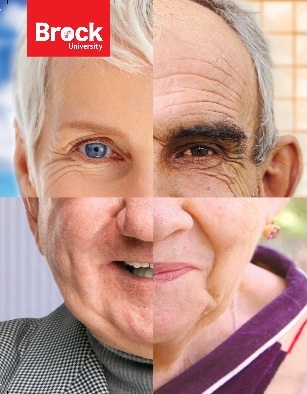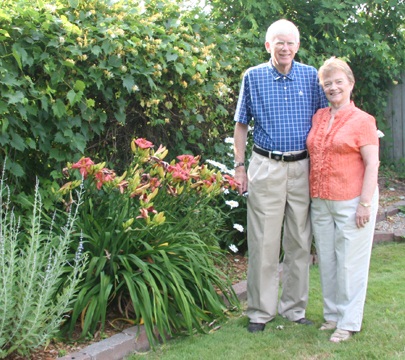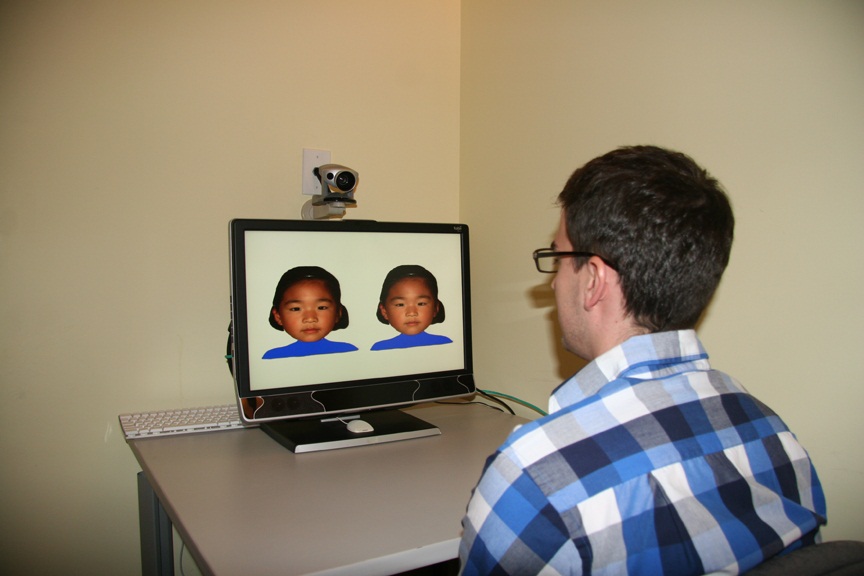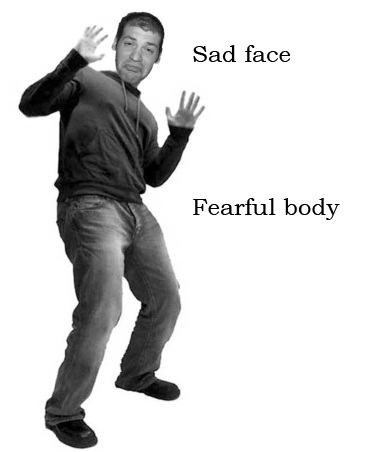  |
|
 |
 |
|
Welcome to the Face Perception Lab
Information
for Adult Participants
Why do we study faces?
|
|

|
Every day adults and children encounter hundreds of faces and our ability to detect important social cues has a huge impact on our daily social interactions. We need to recognize people's identity, their mood, and their direction of eye gaze. We also need to make snap judgements about other people's personality traits. Researchers at Brock University are exploring how these skills develop and change across the lifespan.
|
| |
|
Adults are experts at recognizing faces. We can recognize hundreds of faces at a glance. We can even recognize someone we knew in high school when we encounter them many years later. However, this expertise is limited.
Have you travelled to a foreign country and discovered that it is very difficult to recognize people from different ethnic backgrounds? This is a common experience. Many travellers report that 'they all look the same'.
Have you found it difficult to recognize people from particular age groups, such as children or older adults? |
 |
We are trying to understand why this happens.
Expertise in face processing is dependent upon experience. Early in life most of the faces we encounter belong to young adults of our own ethnic background. This experience seems to tune our perceptual system, allowing us to become experts at discriminating and recognizing faces from this frequently encountered category. This perceptual tuning comes at a cost. As we gain expertise with own-race, young adult faces we gradually lose the ability to discriminate and recognize faces from other categories. This perceptual narrowing has obvious effects when we travel internationally and as we age and the faces of our peers no longer look like those of young adults!
|
 |
In a recent study with Valentina Proietti (a visiting PhD student from Milan) we discovered that this recognition advantage for young adult faces disappears when participants engage in a task akin to finding one’s neighbour in a crowd. Young and older adults were familiarized with a single target face (young or older) and then asked to press a button when they saw that face or one similar to it. The target was embedded within a large set of same-age faces all wearing the same hairdo. Under these conditions, our participants performed equally well with young and older faces. This suggests that although it may be hard to learn many new other-race or other-age faces quickly, we are able to recognize people we know well regardless of who they are.
|
How does our brain store information about all of the faces we encounter? Researchers have discovered that one reason why adults are able to recognize hundreds of faces at a glance is that they compare each face that they encounter to an average (prototypical) face. For example, they might code Bob's nose as being larger than average. We think that adults possess multiple face prototypes for the different face categories they encounter in their environment. For example, adults process male faces with regard to a different face prototype than female faces. We are currently studying how these prototypes change with experience (e.g., as people gain more experience with older faces).
We have discovered that both young and older adults appear to be more sensitive to how individual young faces deviate from a young adult prototype than to how individual older faces deviate from an older adult prototype. You can see this in the images below. In each case the face on the left is unaltered and the face on the right has compressed features. If you are like most people, this is easier to judge which face is more normal when looking at young faces. This is true in 3-year-old children, providing more evidence that early experience is important. |
 |
 |
Perceiving Traits. Despite the old adage "don't judge a book by its cover", adults may be quite good at estimating a person's personality traits simply by looking at their face. Our research has shown that young adults are able to accurately guess another individual's level of aggression in as little as 39 milliseconds of exposure! We are continuing our investigating trait perception by looking at the perception of a wide range of traits (e.g., honesty, extraversion) in faces from different categories (e.g., own- versus other-age) across the lifespan.
Judging Attractiveness. There is a biological basis to our perception of attractiveness; even babies look longer at faces that adults rate as highly attractive than at faces that adults rate as very unattractive. We know that faces that are similar to an average (prototypical) face tend to be rated more attractive than faces that are very distinctive. Given that our prototype is less well refined for older faces than young adult faces, we predicted that there would be less consensus about how attractive any given older face is than about how attractive any given young face is. [We first tested this hypothesis when five members of the lab were delayed at the Buffalo Airport en route to a conference!] We decided to ask both young and older adults to rate the attractiveness of 40 young and 40 older adult faces. In both groups there was much more agreement in the ratings of young compared to older faces. In other words, while we might all agree that Robert Redford was extremely attractive when he was young our opinions his current level of attractiveness are likely to vary!
|
 |
Perceiving Emotions. Most adults think that they are very good at recognizing facial displays of emotion, e.g., whether someone else is feeling sad or angry. However, different contexts such as body posture and background can change our perception of emotional facial expressions. For example, if a sad face is paired with a fearful body posture, then we are more likely to perceive that sad face as fearful than we would if that same sad face were paired with a sad body posture.
|
|
Our research is exploring many different questions about how children and adults process faces. We depend on the willingness of adults of all ages to participate in our research studies and we welcome a visit from you to our lab! |
|
|
 |
 |
|
|
|
|
|

